

How to create gardens for butterflies
Learn, from a network of experts, how to transform every little corner into an oasis and promote biodiversity, from birds and amphibians to bats and bees. In this, the third article of the “Gardens for Wildlife” series, a partnership between Wilder magazine and the Calouste Gulbenkian Foundation, Renata Santos and Albano Soares, insect specialists, explain why diurnal butterflies are so important and what we can do to attract them to our green spaces.
There are 139 known species of diurnal butterflies in Portugal. All of which are “very, very important, as are other insects, for the proper functioning of this planet’s ecosystems; they are part of it”, notes Albano Soares, a researcher linked to the Tagis Association – the Centre for the Conservation of Butterflies of Portugal.

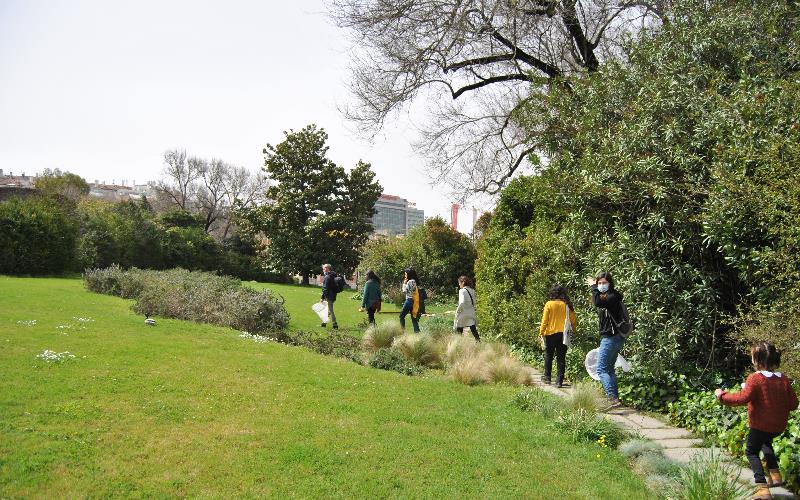
“Butterflies have evolved on this planet for millions of years and, along the way, together with other fauna groups, they have created strong bonds with plants, as they are pollinators and controllers of these plants”, states the entomologist. He adds that these winged insects “are at the base of the food chain and feed a large number of beings, from other invertebrates to vertebrates such as birds, fish, reptiles, amphibians and mammals”.
Butterfly caterpillars, for example, play a very important role when it comes to feeding several species of young birds, such as the Great Tit. Bats, frogs and toads, caterpillars, praying mantises and wasps also enjoy these insects as a main course.
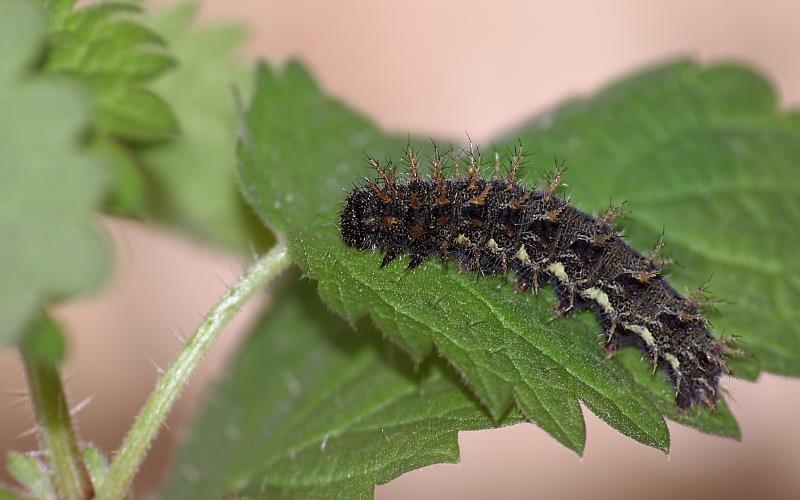

So what is happening to butterflies on a landscape increasingly invaded by cities? A symptom of this and other human-caused changes, is that these species, like so many other insect species, are now in decline. For a start, there are less species found in urban areas than in protected ones. Only those that are more adapted to the surrounding environment are able to resist.
Nevertheless, we can roll up our sleeves and do something to encourage the presence of the most common butterflies. These butterflies will then serve their role as prey for other animals and help pollinate wild plants, as well as brightening up our days, of course!
Urban gardens are of “extraordinary importance”, as they “allow for the formation of green corridors that species use to move around in, colonize new places and, above all, to ensure populations remain genetically healthy and prosperous.” During one of the recent “Gardens for Wildlife” visits at the Gulbenkian Garden, on 27 March, Albano Soares and Renata Santos, who also has links with the Tagis Association, shared some suggestions on how to best prepare green areas for diurnal butterflies.
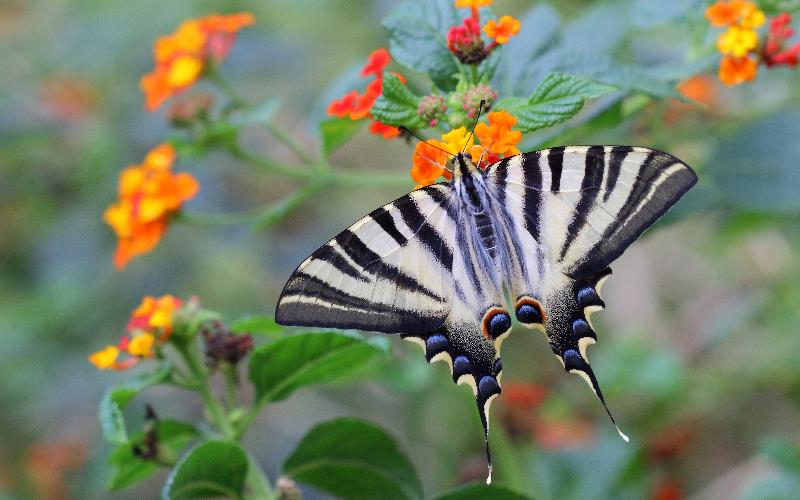
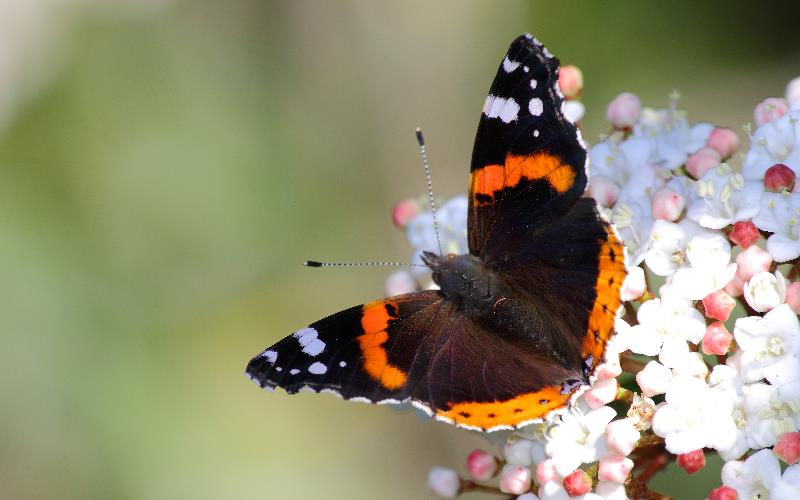
Focus on native plants. But which ones?
Regarding which plants to grow in your garden, “the most important species are those that are native to the region, which often arise spontaneously and provide food for the large number of butterfly species, both in their caterpillar and adult stages” explains Renata Santos.
When they hatch, caterpillars are small but voracious and rapidly increase in size. Some of the best species to feed caterpillars belong to the Fabaceae family, such as Clovers (Trifolium spp.) and Alfalfa (Medicago spp), which are host plants for the Marvel (Colias croceus) and the Common Blue (Polyommatus icarus/cenyl) butterfly species, explains the entomologist.
Also linked to the same family are the Broom, Gorse, Lupine and other legumes, which are much sought after by the Pea Blue (Lampides boeticus) and the Lang’s Short-tailed Blue (Leptotes pirithous) butterflies, to lay their eggs.
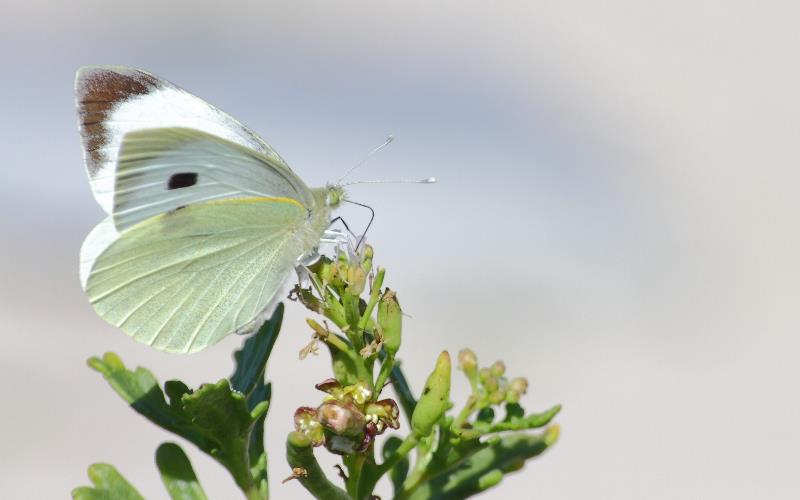
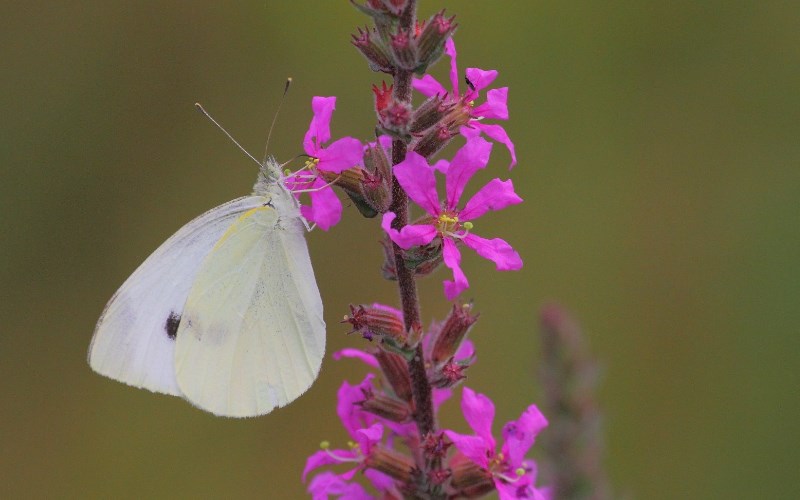
Wild Radish, mustard, mallow and nettle
Plants of the Brassica family – such as the cabbage – are hosts for the Large White butterfly (Pieris brassicae) and the Cabbage White butterfly (Pieris rapae). This is why these species are often found, not just in vegetable gardens but also in parks and gardens too, where Wild Radish (Raphanus raphanistrum), Mustard (Sinapis spp.) and Shepherd’s Purse (Capsella bursa-pastoris) with their tiny heart-shaped leaves, grow.
Other much sought after plants belong to the Malvaceae family, such as Mallows (Malva spp. and Lavatera spp.), or to the Poaceae family (various grass genera), which the caterpillars of numerous butterfly species feed on: Blue butterflies (Lycaenidae family), White butterflies (Pieridae) and Brush-footed butterflies (Nymphalidae), adds Renata Santos.
Other species worth keeping in urban areas:
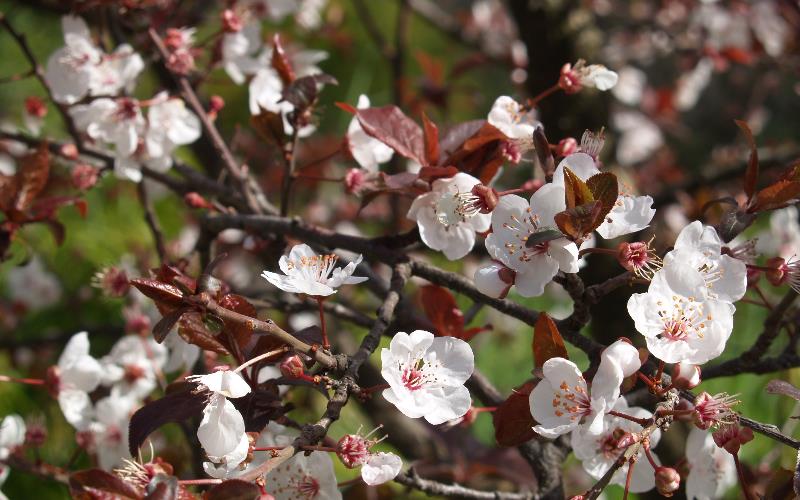
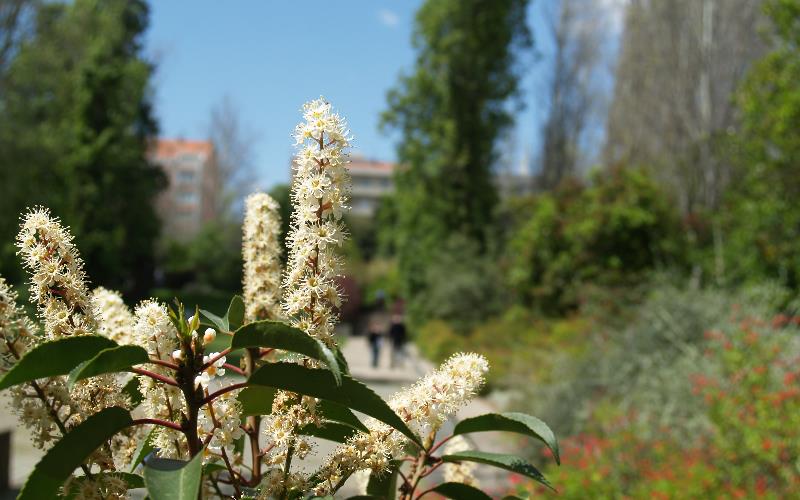
However, not all adults need food, especially as they only live for a short period time but those who feed on nectariferous plant and to ensure they have enough energy during the breeding season, “it is also a good idea to have species of the Asteraceae family, such as Marigolds and Thistles (various genera), or Lamiaceae, such as Rosemary (Rosmarinus officinalis) and Lavender (Lavandula spp.).”

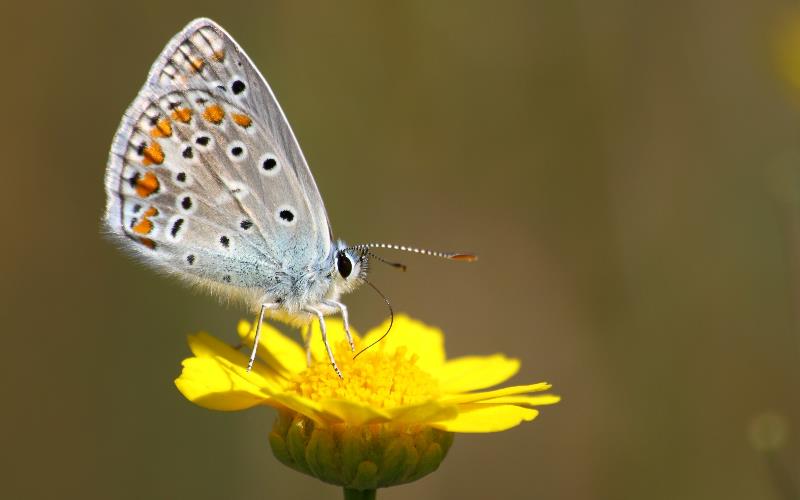
Taking plant cuttings is possible
Wild plants are not just important for butterflies but also for many other animals, underlines Renata Santos, who explains that “it is possible to take cuttings of these plants, preferably after as much flowering as possible and preferable when some are already drying up, between the end of spring and the beginning of summer, for example”.
“Ideally, plants should be cut and the vegetable remains should be left on the soil”, advises the entomologist. “So, if there are any caterpillars or other immature stages of insects on the cut plants, they will remain in their habitat, while the ground cover provided by these plant remains will help maintain soil moisture and increase organic matter.”


Other important requirements are that “the soil must not be turned over” and “herbicides must not be used”. Equally useful, is to create a water point, if there isn’t one already, such as a pond. You can even use a large dish, adding some stones or a ramp to serve as a support for the insects. Finally, wet soil should be provided, which is important due to its mineral content.
The next article will be dedicated to pollinating insects.
This article is part of the “Gardens for Wildlife” series, a partnership between Wilder magazine and the Calouste Gulbenkian Foundation.